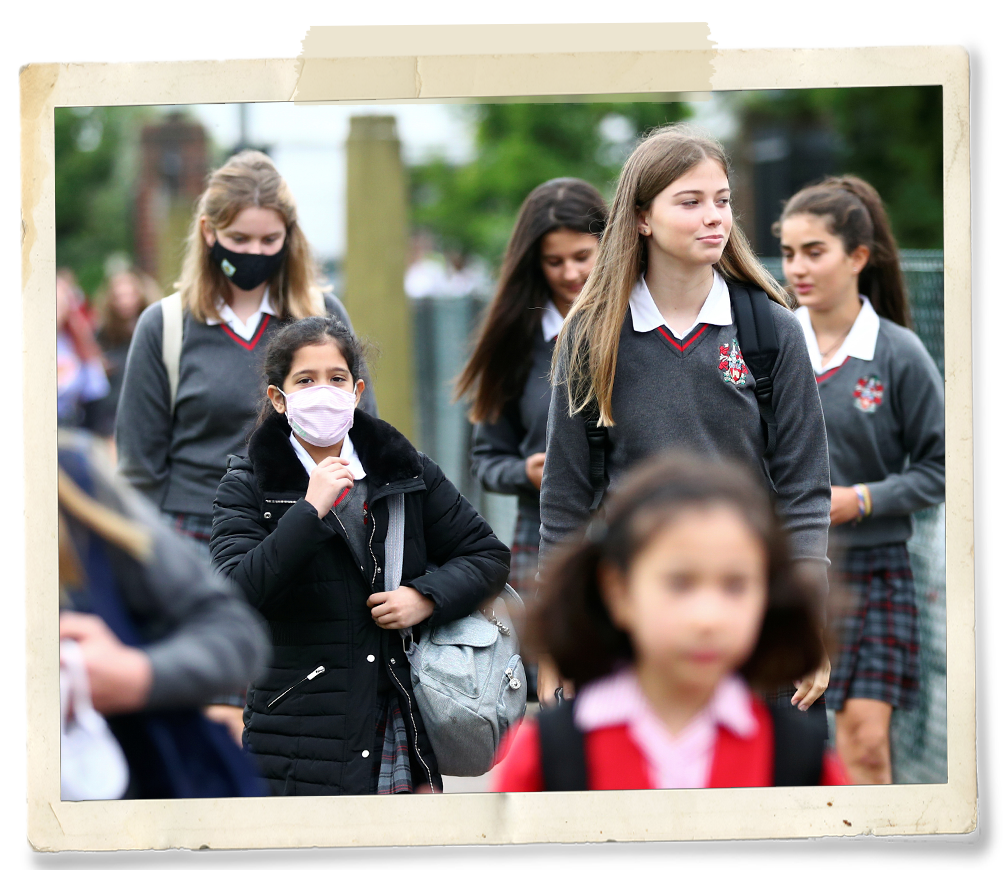Schools in limbo
Classroom teaching was a major casualty of the COVID-19 pandemic. Although online classes helped continue education, it came with glitches. Several attempts to reopen schools stalled after a spike in infections.

AFP
Students have their temperatures checked and receive hand sanitiser as they arrive at the Makkasan Phitthaya government secondary school in Bangkok.
According to a report published by Unicef (United Nations Children’s Fund) on August 24, more than 1 billion students are still out of school due to nationwide school closures. 134 schools had closed schools down but 59 of those countries, including the UAE, have already reopened schools or have re-openings planned.
Schools usually lead to increased child abuse, domestic violence and exploitation. Children who already face poverty, nutrition deficiency and lack of access to sanitation and clean resources are also put at higher risk when forced to stay away from schools.
While remote learning systems have been adopted by schools worldwide, access to resources is not equitable.
“A learning crisis already existed before COVID-19 hit. We are now looking at an even more divisive and deepening education crisis.” - Unicef Chief of Education Robert Jenkins
Remote learning puts a lot of weight on internet access, electricity, adaptable devices, television or radio, and family support. However, in 71 countries worldwide, less than half of the population have internet access while in African countries, this figure is less than a quarter. Rural and urban households across the world also have a huge variance in owning televisions or having electricity.
Even in developed countries, remote learning has proven issues. This year, instead of boarding buses and lugging backpacks, many students opened their laptops for online instruction at home, only to encounter technical glitches. This ranged from website crashes, lack of technology, poor broadband connections to cyberattacks.

Reuters
Pupils at a school in Middlesex, Britain, on September 3, 2020.
Pakistan withstood the early onslaught of the virus enabling schools to remain open for three months, until November 26 when all educational institutes were closed after a spike in infections. A reopening now looks possible sometime in January, education officials are quoted as saying.
Some American schools have even planned outdoor classrooms as a way to counter the spread of the virus. In Massachusetts, the Center School committed to an all-outdoor curriculum in autumn to guard against the spread of the coronavirus among its students and staff. Tents and outdoor desks have been procured to create alfresco classrooms. The risk, however, is rains and the resulting difficulty in holding classes.